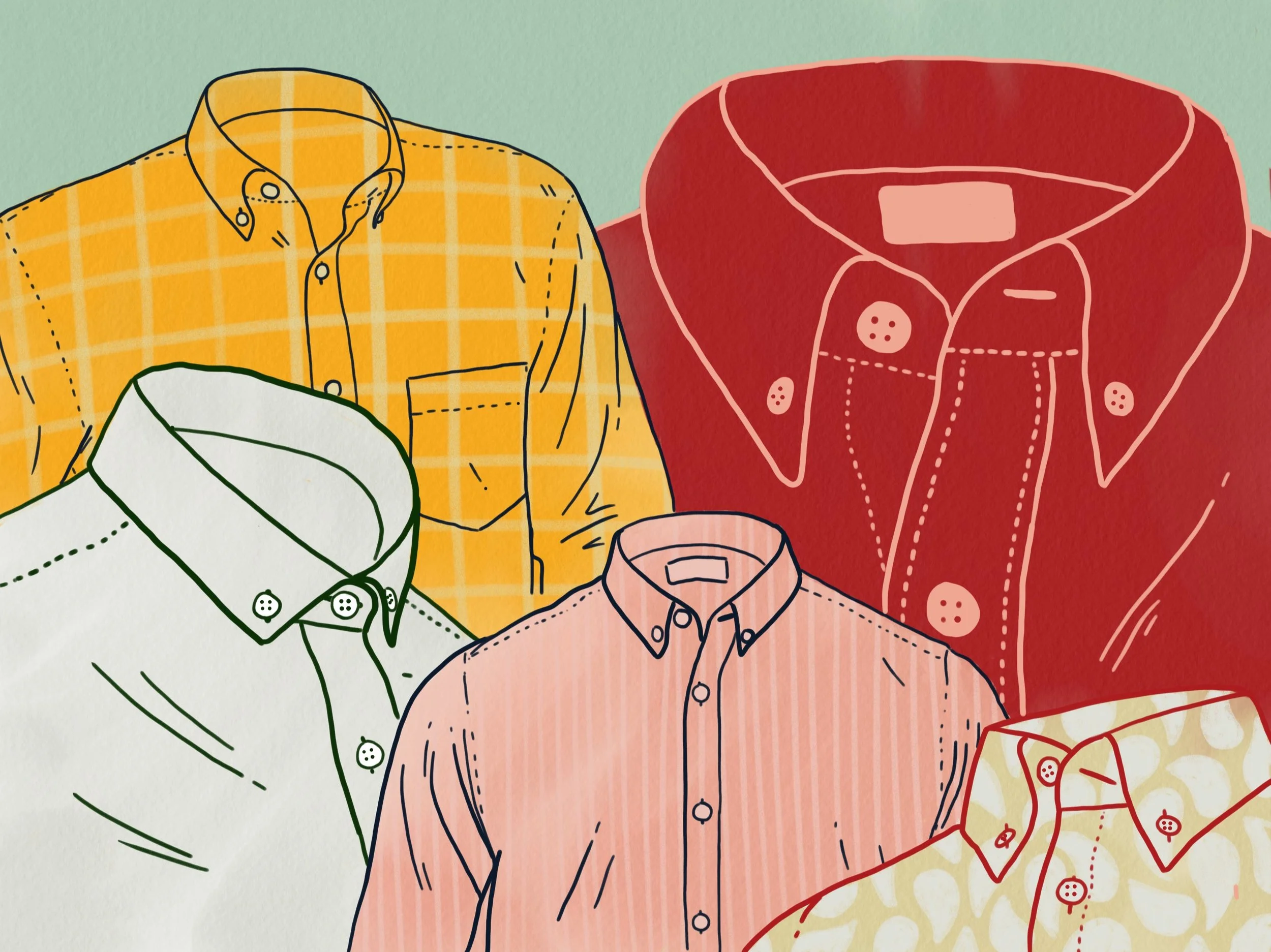All tagged Identity
Refashioning Masculinity
As academics, we’re taught to share our research by writing articles and books. These tools focus on the written word and our words are the primary means by which they’re framed. But what does the written word leave out? Whose stories are lost in the process of academic writing? By using the fashion show in research, I discovered a new method to share our work—a method which expands who knows and how we know in fashion studies and beyond.
My Mother's Clothes: Coming of Age After Mao
By historical necessity, my mother and her friends were all latecomers to fashion—and to the kinds of self-expression and self-discovery that fashion critically enables.
The Scrunchie: An Icon of Bad Taste Turned Ironic
The return of the scrunchie began in 2013 with its appearance on the Missoni, Vivienne Westwood, and Louis Vuitton runways—an icon of bad taste turned ironic. Not everyone was amused. In England, especially, responses varied.
Kim Chi and Me
I first did drag my senior year of college, dressing in character with two of my girlfriends as a performance art piece. I borrowed their clothes and a cheap Ricky’s wig and bought a pair of cheap heels from Payless that I didn’t yet know how to walk in. I’ll never forget the first time someone referred to me as a “lady,” even though I still hadn’t quite figured out how to do my makeup.
On Shopping for a Maternity Bikini
This bathing suit bottom could almost be a full-sized strapless swimsuit for a smaller-than-average woman. Off the body, it’s not really recognizable as anything at all, because a garment like this doesn’t have a place in our mental store. It’s transitional, it’s temporary, it’s for these strange bodies we theoretically revere but that realistically freak us out.
The Nursing Home as a Fashion Archive
Questions of archiving imply questions of power that are closely linked to a social power in a given geographical place and time. In this way, the history is extended to the elderly socio-cultural group, whose dress practices and memory often go undocumented.
Letter from a Fashion Doctor
I spent five years at the Centre for Fashion Studies as a PhD candidate, learning both the trade and the politics of academia. It was challenging in many ways, but it is through hardship that we grow the most, and I will be forever grateful for the opportunity to find myself a scholar in this field, regardless of the many obstacles that I found in my way.
$$$ickening: A Black Trans Woman's Reflections on Femme Identity, Class, and Privilege
My style is a testament to the beauty and effortless cool that women of color, and in particular, BLACK women, possess. It was in this spirit that I chose to reflect the rich legacies of the black women who came before me through my visual project, #WhoButABlackWomyn.
Meeting at the Beach Through Memories: My Grandmother, Fashion, and Me
A large file of scanned photographs arrived in my inbox one afternoon, put together by a younger cousin, carefully preserved by my uncle, a historian. These were the first images I had ever seen of my grandmother.
Wearing Wellbeing
My motivation in wanting to understand how we experience wearing the positive feeling of being happy is based on my personal relationship with my wardrobe and the way I feel about dressing. Fashion creates meaning in my life, dress connects me to others, and clothes allow me to engage with my creativity. I wanted to learn if that was also true for others.
What I Taught in China and What China Taught Me
I'm not going to be able to share any groundbreaking pedagogy in this article. I will, however, give some perspective into what happens when we — speaking on behalf of those who struggle to make an impact in academia — remove ourselves from the politics of our competitive field in order to focus on doing what we love.














